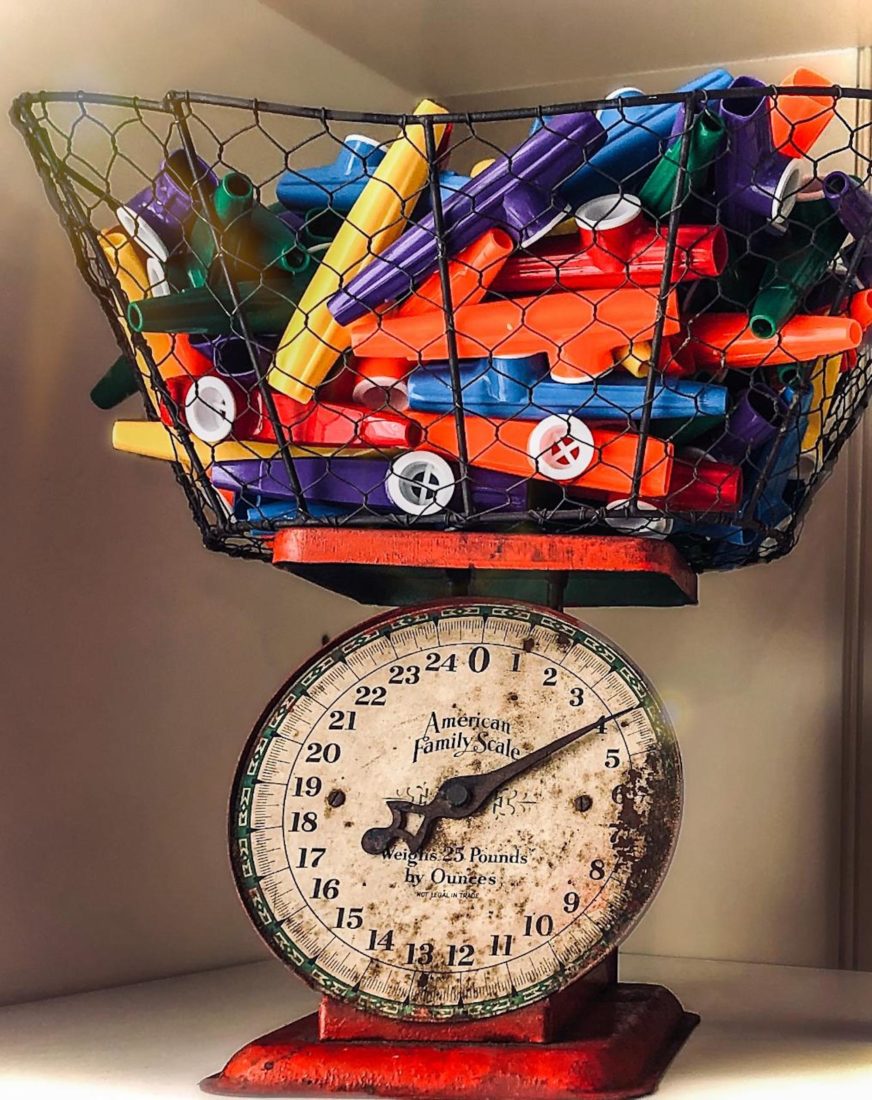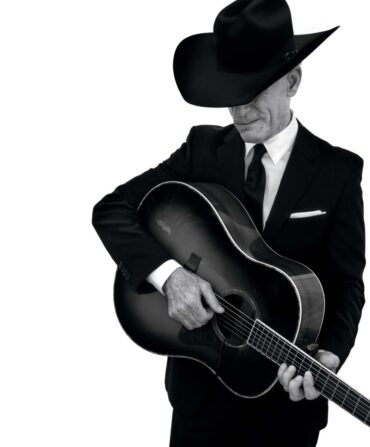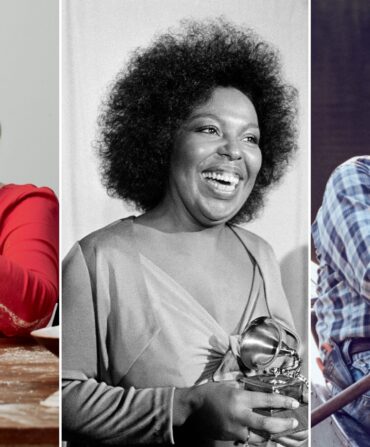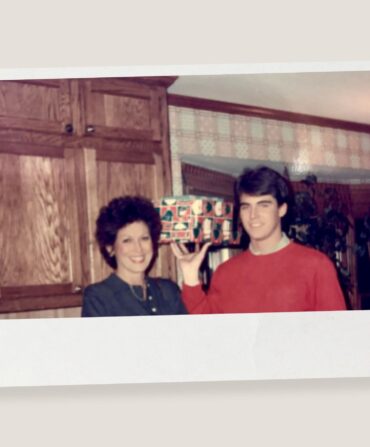National Kazoo Day, on January 28, celebrates the Southern-born instrument that has proven it’s much more than a plastic party favor. Jimi Hendrix played a homemade kazoo when he recorded “Crosstown Traffic” in 1967. During the ’70s, marketers for The Partridge Family released a kazoo emblazoned with the stars’ picture. The Red Hot Chili Peppers are kazoo fans who incorporated the tiny wind instrument into 1996’s “Love Rollercoaster.” And today, Minecraft players hear the high-pitched sounds of kazoos all the time—many of the video game’s animals emit kazoo noises.
Credit the kazoo’s enduring presence in pop culture (not to mention its ear-piercing cameos at kid birthday parties everywhere) to two enterprising residents of Macon, Georgia. According to legend, a formerly enslaved Black man named Alabama Vest designed the kazoo in 1840, modeling it after a West African instrument in which a hollowed-out gourd was stuffed with a spider’s egg sack—when a musician hummed into the gourd, the sack vibrated to produce a sound. Vest fashioned his instrument out of tin and added an animal-membrane resonator, perfecting it with the help of German clockmaker Thaddeus von Clegg. Together, they presented the “Down South Submarine” at the 1852 Georgia State Fair in Macon.
It was an instant smash. “The instrument was something anyone could have fun with right away, no lessons required,” says Sarah Barnwell, marketing coordinator for the Kazoobie Kazoo Factory and Museum in Beaufort, South Carolina. By the 1880s, the invention was known as a kazoo—a name that mimics the sound it creates.
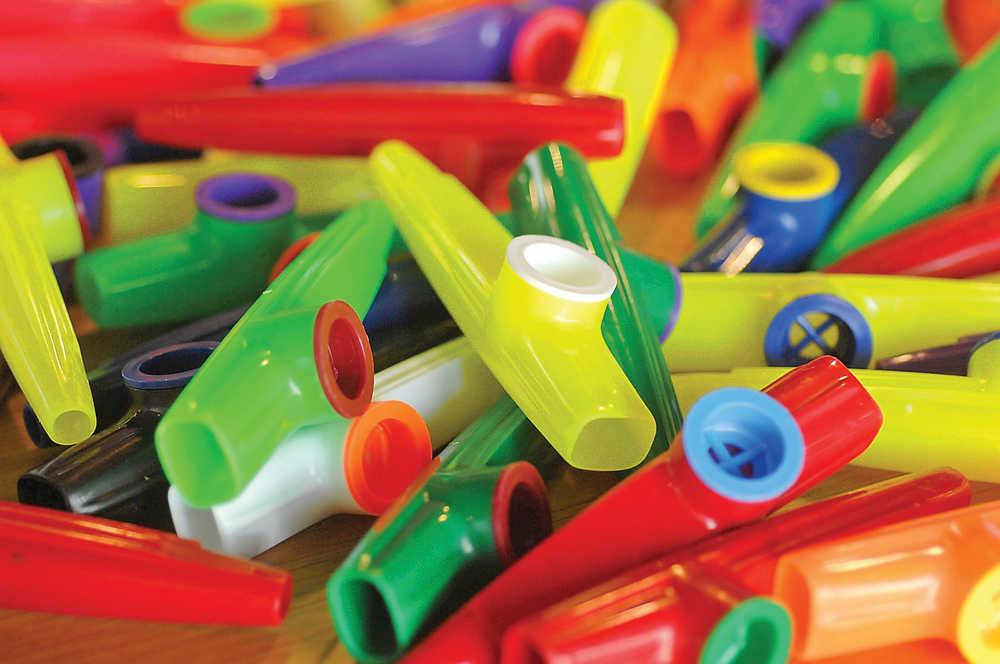
Throughout the twentieth century, hundreds of new kazoo varieties popped up, from the Sasquatch (shaped like Big Foot’s head and designed to emit howling noises) to Big Dave’s Fish Caller (a kazoo with a funnel attachment that’s lowered into the water so anglers can lure fish with their hums). In 1910, a Marine officer named Robert Burns, who was stationed on Parris Island, South Carolina, caught the attention of his platoon by playing what he called a “bazooka” kazoo fashioned out of a stove pipe and a whiskey funnel. During World War II, soldiers referred to anti-tank weapons as bazookas because of their resemblance to Burns’ instrument.
These bits of kazoo trivia are just some of the fodder at the Kazoobie factory. The only kazoo museum in the country, it is privately owned by Beaufort Mayor Stephen Murray. It also manufactures a million plastic kazoos a year, shipping them everywhere from Hollywood movie premieres to Burning Man to private parties in South Korea. Visitors wander the displays of hundreds of kazoo varieties, and everyone leaves with an instrument to take home. “One hundred percent of the time, it puts a great big smile on their faces,” Murray says. “There’s a lot we take seriously in the world right now, but we also ought to take a bit of time to spread joy and happiness.”
Perhaps, Murray hopes, that joy will one day go viral. “I’d love to see an up-and-coming musician share what they can do with a kazoo,” he says. “Maybe the kazoo’s next foray into pop culture will be a hit Tik Tok video.”


